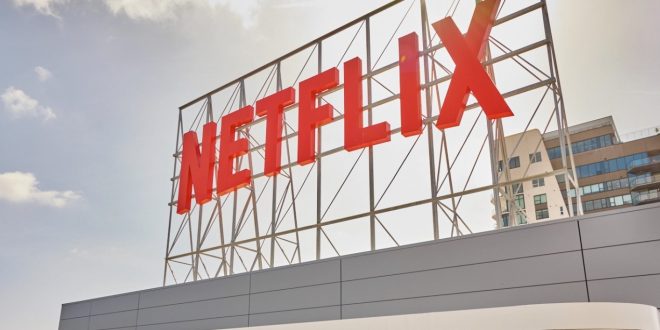Now, Netflix is outlining how it intends to keep password sharing within a family while clamping down on unauthorized usage. By charging extra fees for extended usage of the streaming service outside of the home, the company hopes to reduce account sharing this year.
The world’s largest streaming service has shared the terms describing how it intends to manage the household experience. It has updated its FAQ pages for Chile, Costa Rica, and Peru, three nations where it is already experimenting with additional membership fees for account sharing.
With these new terms, people are asked to specify their TV as their main location. The same Wi-Fi network as the TV should be used to connect all accounts and devices.
“A TV connected to your Wi-Fi network and signed into your account serves as the primary location. Your primary location will be connected to and accessible from all other devices signed into your account on that Wi-Fi network, it states.
Netflix will set a primary location based on IP address, device IDs, and activity if a user hasn’t set a primary location or doesn’t have a TV.
After that, anyone using their own device to access Netflix in this residence must launch the app at least once every 31 days.
According to the company’s support page, “to make sure that your devices are connected to your primary location, connect to the Wi-Fi at your primary location, open the Netflix app or website, and watch something at least once every 31 days.”
Now, Netflix is outlining how it intends to keep password sharing within a family while clamping down on unauthorized usage. By charging extra fees for extended usage of the streaming service outside of the home, the company hopes to reduce account sharing this year.
The world’s largest streaming service has shared the terms describing how it intends to manage the household experience. It has updated its FAQ pages for Chile, Costa Rica, and Peru, three nations where it is already experimenting with additional membership fees for account sharing.
With these new terms, people are asked to specify their TV as their main location. The same Wi-Fi network as the TV should be used to connect all accounts and devices.
“A TV connected to your Wi-Fi network and signed into your account serves as the primary location. Your primary location will be connected to and accessible from all other devices signed into your account on that Wi-Fi network, it states.
Netflix will set a primary location based on IP address, device IDs, and activity if a user hasn’t set a primary location or doesn’t have a TV.
After that, anyone using their own device to access Netflix in this residence must launch the app at least once every 31 days.
According to the company’s support page, “to make sure that your devices are connected to your primary location, connect to the Wi-Fi at your primary location, open the Netflix app or website, and watch something at least once every 31 days.”
What if, however, you took an iPad with you when you left the house for a lengthy train ride but you hardly ever use this iPad at home? When you try to watch something while you’re on the go, it’s likely that the device won’t be connected to your home. In that case, you can request that they verify the device on your behalf. A code will be given to the account holder, who can then give it to the traveler. The traveling member can continue to watch Netflix for an additional seven days if the verification is successful.
It’s not clear if you can make repeated requests for temporary codes. For instance, some students would rather ask their parents for a code each week than pay for Netflix. People cannot use Netflix through VPN connections for an extended period of time under these circumstances.
The streaming service has put a lot of effort into growing the number of paying customers using its platform. It introduced a less expensive $6.99 monthly plan with ads in November in the United States, the United Kingdom, France, Germany, Italy, Australia, Japan, Korea, and Brazil. In the interim, it has also released tools to stop account sharing, including the ability to remove devices from a subscription and move a profile between memberships.
All of these initiatives have increased the number of service subscribers. The company reported 7.7 million new subscribers during the most recent quarter, far exceeding the 4.5 million additions forecast.
After Reed Hastings, the company’s founder, left his position as co-CEO last month, Netflix will undergo a product overhaul under the leadership of Greg Peters, the new co-CEO (previously COO). The business also declared that it would “more broadly” crack down on password sharing in the upcoming months. More nations will probably soon start to charge additional member fees.
 Tech Gadget Central Latest Tech News and Reviews
Tech Gadget Central Latest Tech News and Reviews




